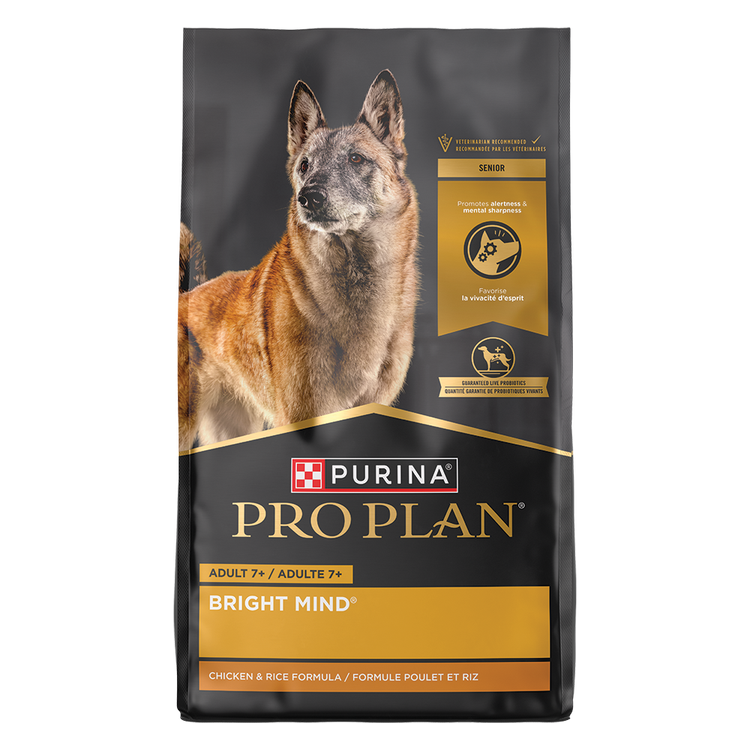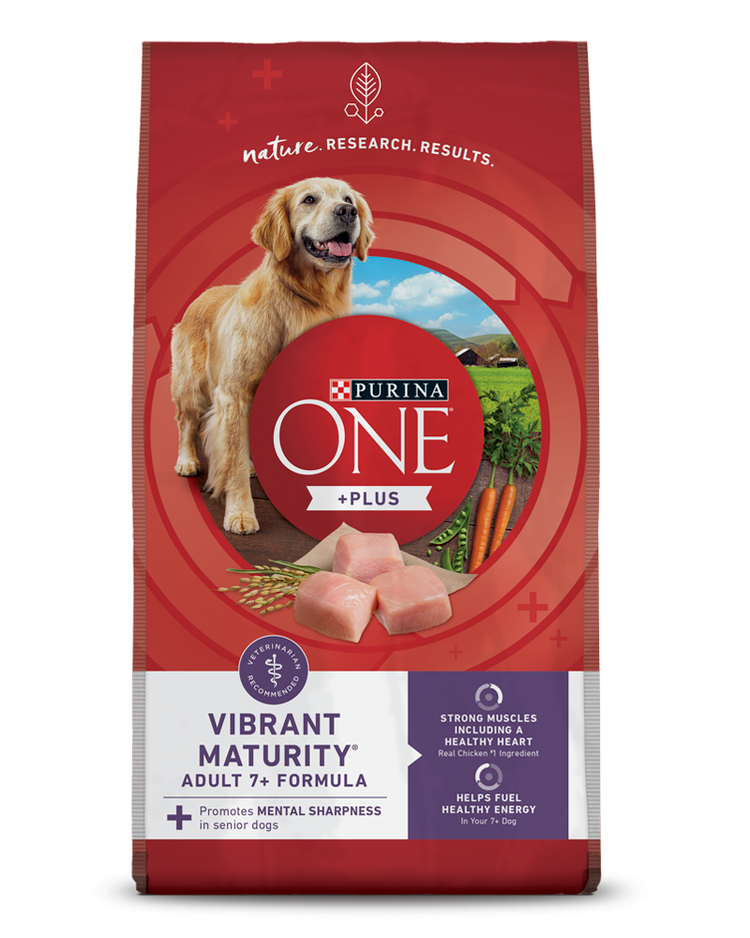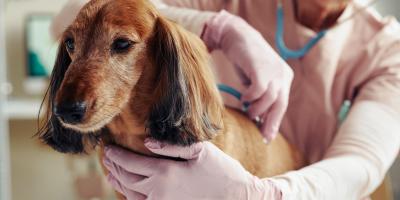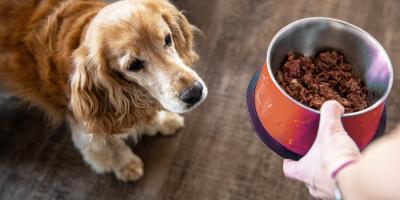What You Should Know About Senior Dog Care


Some dog owners consider the age where their dog becomes a senior the best years of dog ownership. By this time, their dogs have become more mature, are usually a lot less rambunctious and more laid back and cuddly. Aging dog care, however, is different than caring for an adult dog or puppy.
Caring for older dogs may mean making a few dietary adjustments. You may need to monitor their food intake more closely and switch them to a dog food for senior dogs. These changes can help them stay healthy and happy for years to come.
When is a Dog Considered a Senior?
Though it varies, a dog is generally considered a senior when they’re around seven years old. Contrary to popular belief, dogs don’t age seven years for every human year. The rate at which a dog ages depends on many factors, with size and breed each playing significant roles. Further, puppies age faster in their first few years, with the ratio being around 10.5 puppy years for every human year.
When determining if your dog has reached senior status, it’s essential to talk with your veterinarian. They can help you figure out their approximate age by looking at subtle changes in weight, appetite, behavior and more and they can help you guide them through their golden years when the time comes.
Managing Your Senior Dog’s Food Intake
As your dog grows into their senior years, their metabolism will likely start to slow down, and they may become less active. You may notice they retain a few extra pounds as well. As a result, it might be a good idea to reduce their caloric intake.
Since older dogs tend to be less active, especially those with mobility issues like osteoarthritis, they can be more prone to obesity. While some health problems can lead to obesity, being overweight can cause health problems for your dog, too, and put a lot of extra strain on joints and lungs. Because of this, it’s important to monitor your dog’s body condition regularly and make sure they’re maintain their ideal weight, even as a senior.
If you think your dog is overweight, make an appointment to speak with your veterinarian and discuss the best way to manage their weight moving forward. The problem might stem from something as simple as your dog overeating, or they may have an underlying medical problem that needs attention. Either way, your veterinarian may recommend a more calorie-restricted weight loss diet or a specialty diet dog food for older dogs.
Increasing your dog’s exercise may be advisable, but talk with your veterinarian before doing so, especially if they have mobility issues. Another important point is that your dog can’t “out-exercise a bad diet,” so the right balance of food and exercise will set them up for success.
They may suggest a reduced-weight bearing form of exercise, like hydrotherapy or swimming. Keep in mind that “motion is the lotion for their joints” and even a short stroll is good for their muscles, heart and brains.
Changing Dog Foods
It’s always a good idea when changing from one dog food to the other to introduce the new food gradually. This also applies when switching from an adult to a senior dog food diet. Add the new food slowly over 7-10 days or more, increasing the proportions daily. Senior pets can have a more sensitive system, so avoid switching from one food to the other too quickly, as this may cause digestive problems.
6 Tips for Feeding Older Dogs
You may need to change more than your dog’s food as they get older. Their eating habits may need an adjustment, too. Here are six tips for feeding older dogs:
- Feed smaller portions more often: Your dog may be used to eating two meals a day, but as they reach their senior years, they may need more frequent meals with smaller portions.
- Serve wet food at room temperature: To bring out the taste and smell, serve wet dog food at room temperature. Remember, if you’re feeding your older dog food that’s been stored in the fridge, you’ll need to take it out up to two hours before mealtime to get it to the right temperature. If that’s not possible, it’s okay to briefly microwave wet foods to warm them, but be careful to avoid overheating, or it could burn your dog’s mouth.
- Store dry food properly: Dry foods should be stored in a dry, clean environment. You can help keep the food smelling and tasting great by keeping it in re-sealable packaging or an airtight container.
- Feed them in a quiet place: When it comes to mealtimes, feed your older dog in a quiet place where they can eat in peace and without interruption. If you have more than one dog, feed them at the same time but separately so one doesn’t bully or snatch food away from the other.
- Consider a raised food bowl: Older dogs who suffer from arthritis may find it harder to reach down to their food and, therefore, prefer a slightly raised bowl.
- Don’t overfeed: Remember, older dogs are more prone to weight gain than adult dogs, so avoid overfeeding them. If you’ve recently changed your dog’s food, follow the feeding guide on the packaging. The guide is only approximate, so monitor your dog’s body condition and adjust the amount to maintain their ideal weight. Also, talk with your veterinarian about your dog’s specific caloric needs.
Remember to keep an eye out for subtle changes in your dog’s behavior and appearance, as these can make a big difference in your senior dog’s quality of life. If you have concerns, talk with your veterinarian about your senior dog’s care. Learn more about puppies and dogs from our pet experts on our Pet Expertise page.

Reward Yourself with myPurina
Earn and redeem rewards for Purina products with the myPurina app.






